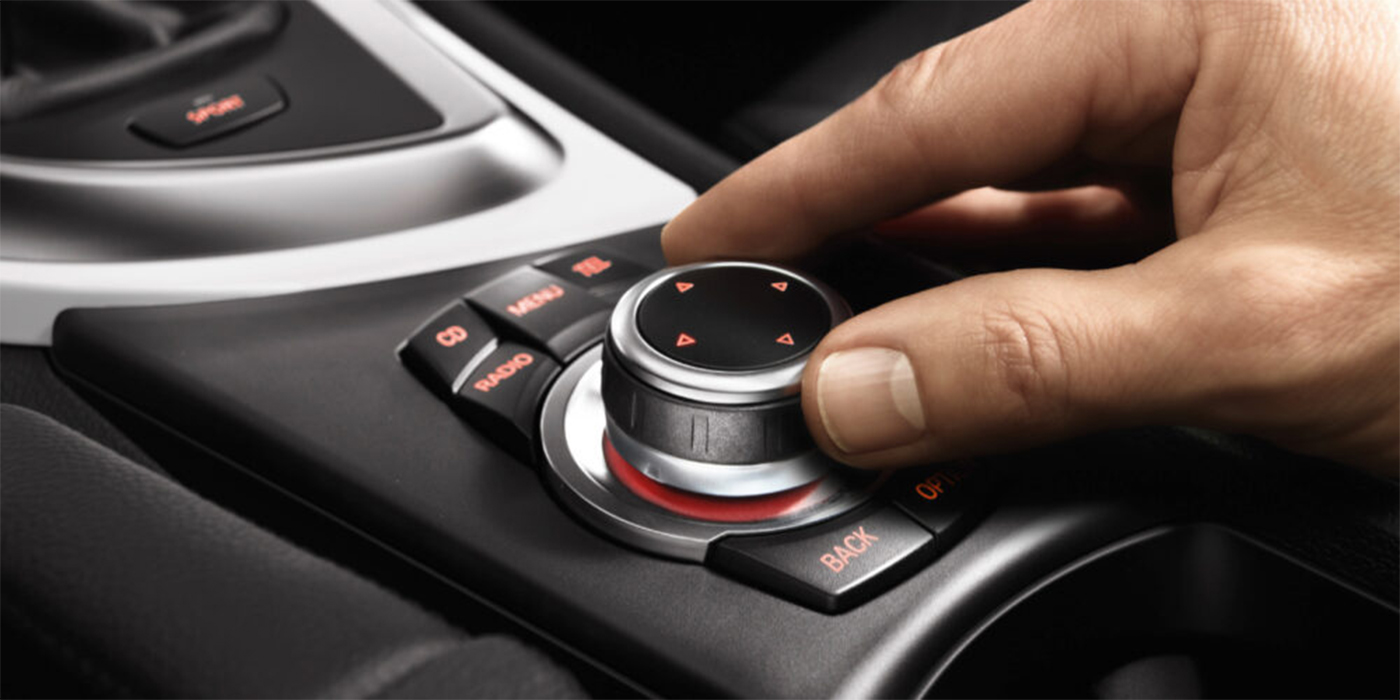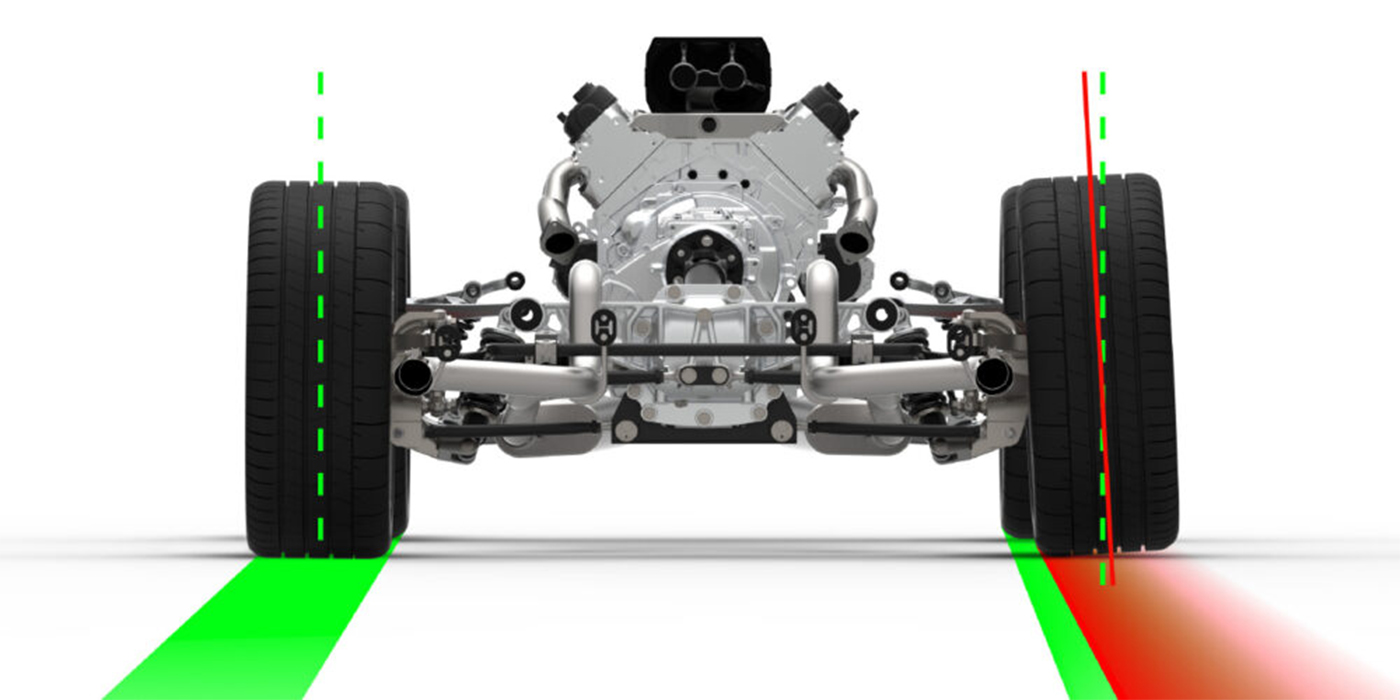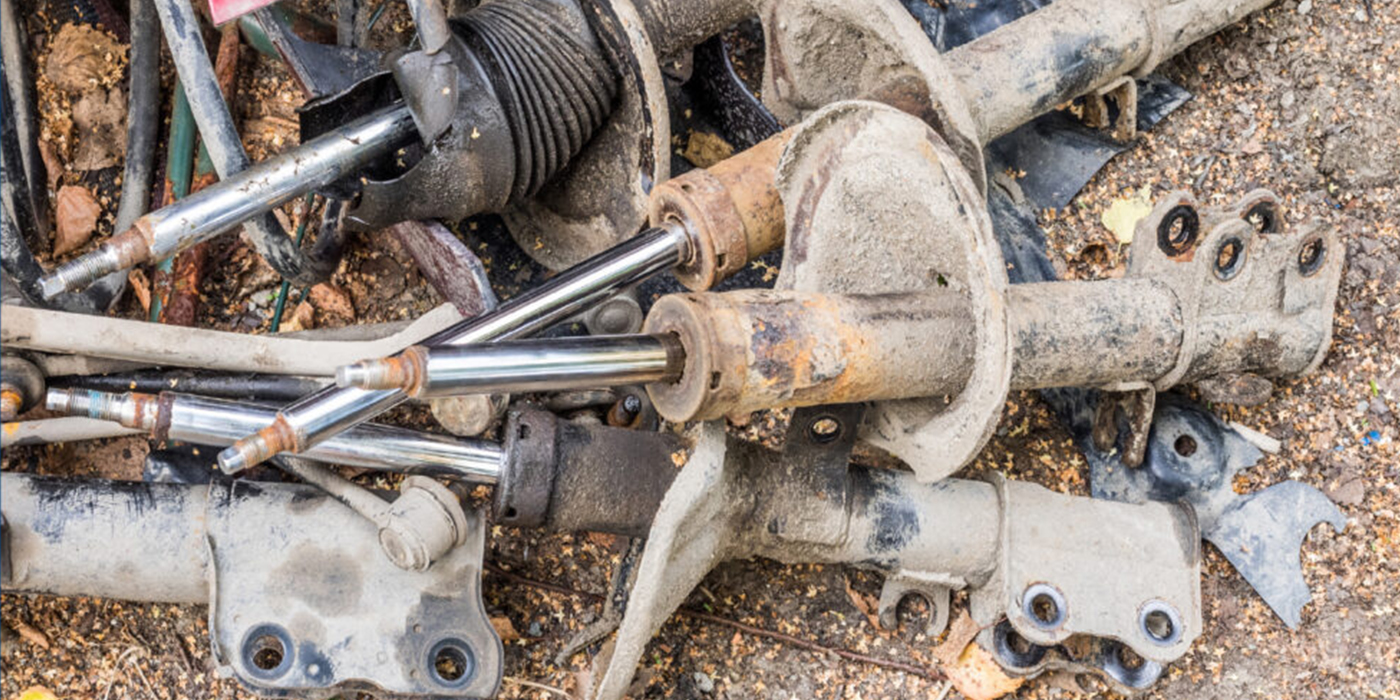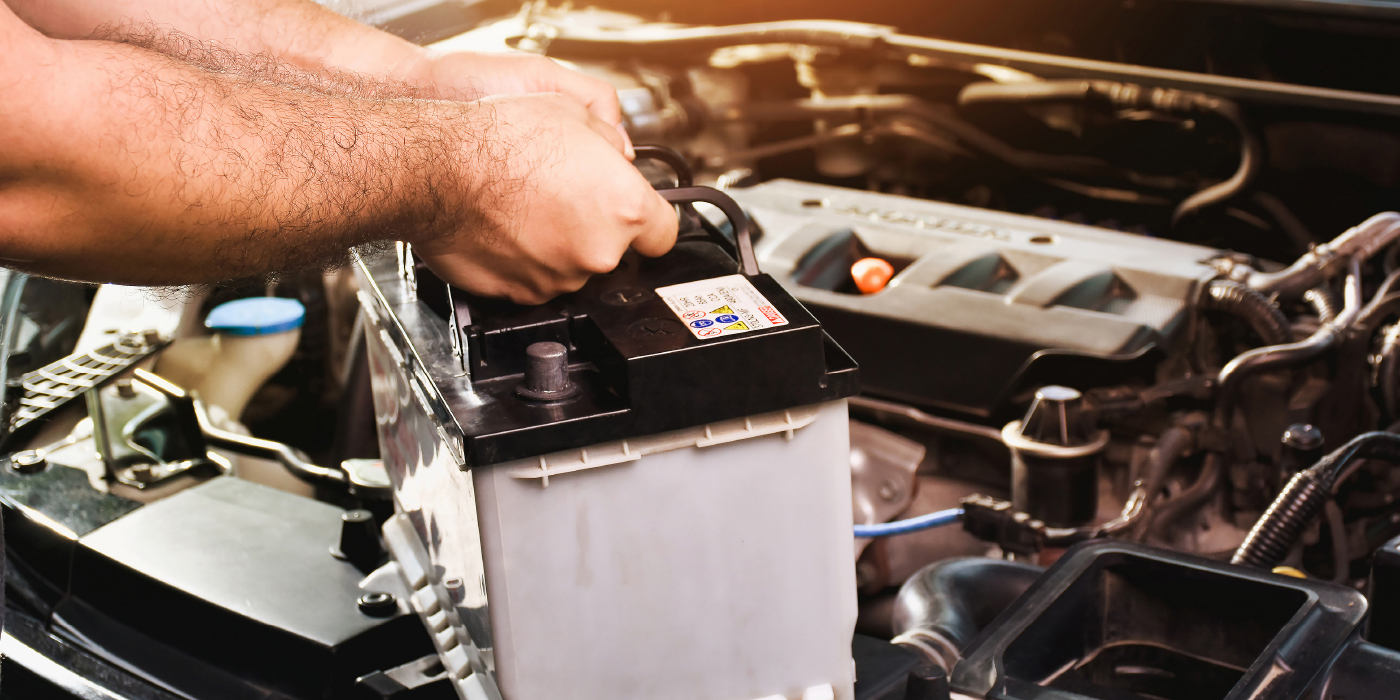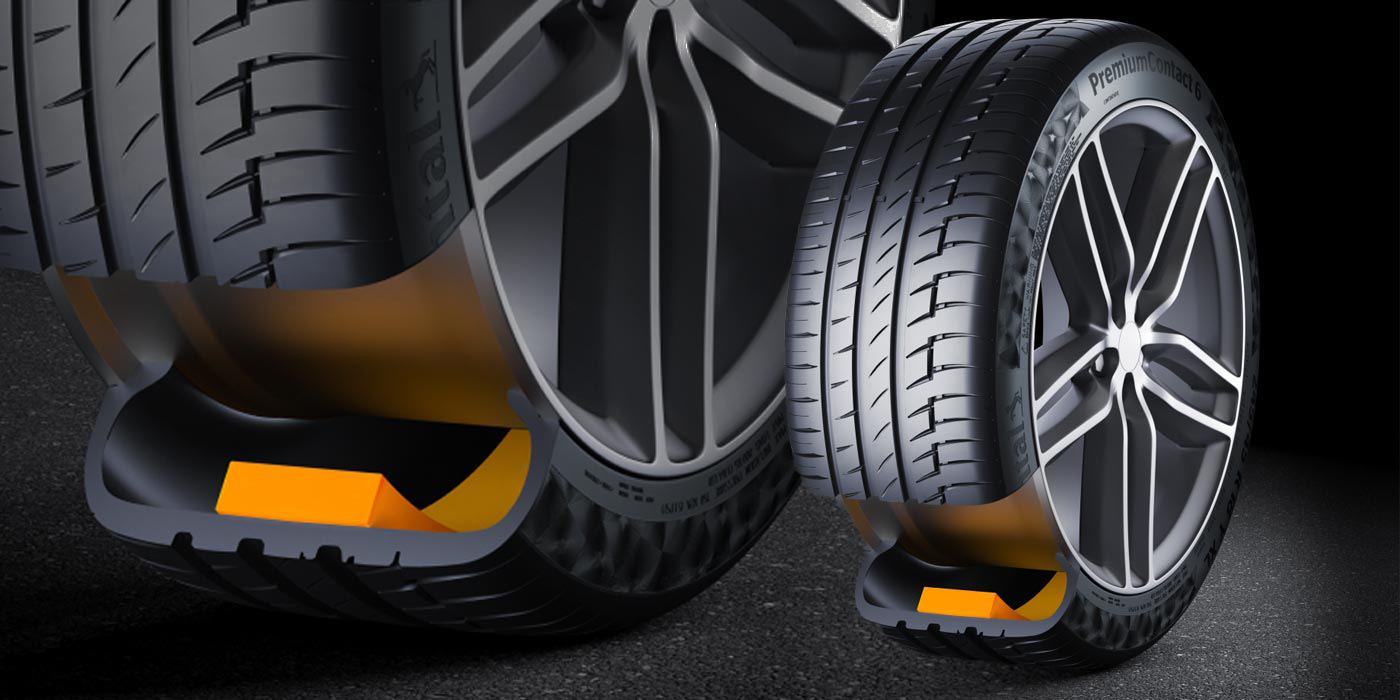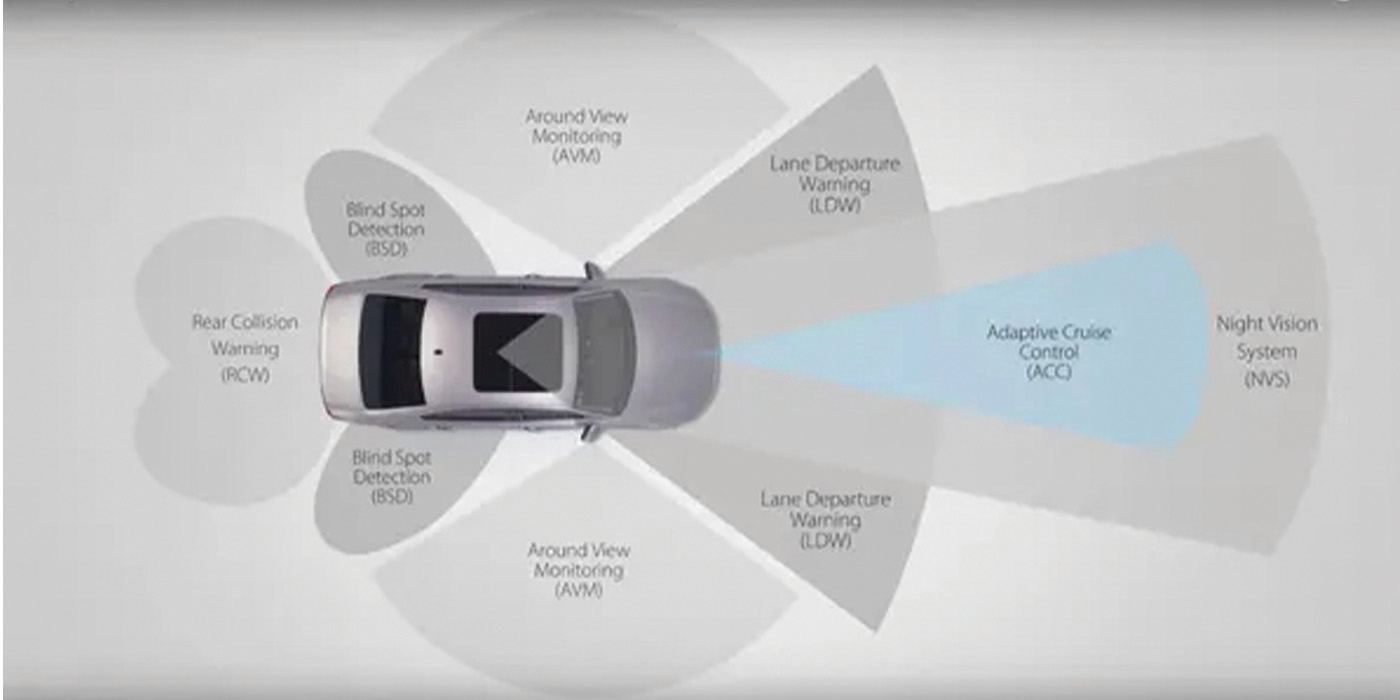By Joe
Marconi of Elite
A few months
back, a customer came in with a broken seat frame on her Honda Pilot. The car
had more than 150,000 miles on it and the seat frame broke through use.
Replacing the seat frame, with labor, would be well over $1,100. My
foreman recommended welding the frame, saving the customer hundreds and
hundreds of dollars. Two months later the car returned with the seat
frame broken in a different spot.
Explaining
this to the customer was difficult. She paid for a repair and wanted
satisfaction. The service advisor informed her that the seat frame broke
in a different spot and that we were looking to save her money by welding the
frame, as opposed to replacing it. She asked why she was not given a choice.
After a few
go-arounds with the customer, the service advisor told her we would credit what
she paid on the weld repair toward the job of replacing the seat frame. She was OK with this.
The lesson
here is to clearly explain all of the options to the customer. Don’t let your
first inclination to save the customer money keep you from letting the customer
decide what the repair should be. Present all the options, the pros and
cons, and always have the customer involved in the decision making process. You
can certainly give your opinion, but you should not decide for the customer.
Plus, we need to clearly state all the options on the invoice and
review again at the time of car delivery.
This article was
contributed by Joe Marconi. Joe is one of the 1-on-1 business coaches who helps
shop owners through the Elite Coaching
Program, and is the co-founder of autoshopowner.com.






